You know it's coming..the next Android flagship from Samsung Galaxy Note 20 theverge.com/2020/7/7/21316609/samsung-galaxy-unpacked-note-20-ultra-fold-2-event-date-august-5-announcement
:extract_cover()/https://meta-storage.neard.com/54b53072540eeeb8f8e9343e71f28176.20200708082950.1594196990.6152.jpeg)
You know it's coming..the next Android flagship from Samsung Galaxy Note 20 theverge.com/2020/7/7/21316609/samsung-galaxy-unpacked-note-20-ultra-fold-2-event-date-august-5-announcement
:extract_cover()/https://meta-storage.neard.com/54b53072540eeeb8f8e9343e71f28176.20200708082950.1594196990.6152.jpeg)
Smartphones are bad for you. We need to go back to the good old rotary phones! Earlier this year, Justine Haupt revealed a custom cellphone she built that eschewed unwanted battery-killing distractions like a touchscreen. In its place was an old-school rotary dial for placing calls, and while it looked antiquated, there were apparently enough people as fed up with the state of modern smartphones that Haupt has created a new version that she will actually build and sell. Haupt’s original rotary cellphone was created with an open source design that allowed anyone to build their own, with firmware, build notes, and even the 3D models for printing the custom housing made available for download on their website. To make the build easier, Haupt created a starter kit offering the 3D printed housing for $50 (straight out of the 3D printer) as well as the cellphone’s mainboard for $90. But there were still lots of additional components that needed to be sourced to complete the build, including the dial that Haupt salvaged from a slim Western Trimline telephone. Realizing the appeal of a distraction-free cellphone that excels at actually making calls (just look at the size of that antenna) extends well beyond hardware hackers and tinkerers, Haupt is currently developing a “mark 2" version of the design that will be available as a ready-built device for those who don’t know the first thing about soldering. In addition to an upgrade from 3G to 4G which ensures the right networks will be active for at least another 10 years, the new version will include a larger electronic paper display, newly manufactured rotary dial parts instead of old salvaged hardware, and an SD card slot allowing a contact list to be added by just uploading a text file full of names and numbers. Haupt is also teasing, “another VERY cool feature but won’t announce it until I’m sure I can do it” for their new rotary cellphone which remains a complete mystery for the time being. But a listing for the device on the website for Haupt’s new robotics company called Sky’s Edge claims it could be available as early as September. You can’t pre-order it yet, and it’s safe to assume the pandemic will probably result in some minor delays, but if you’re interested you can subscribe to updates on the project’s development, and notifications for when it’s finally available.
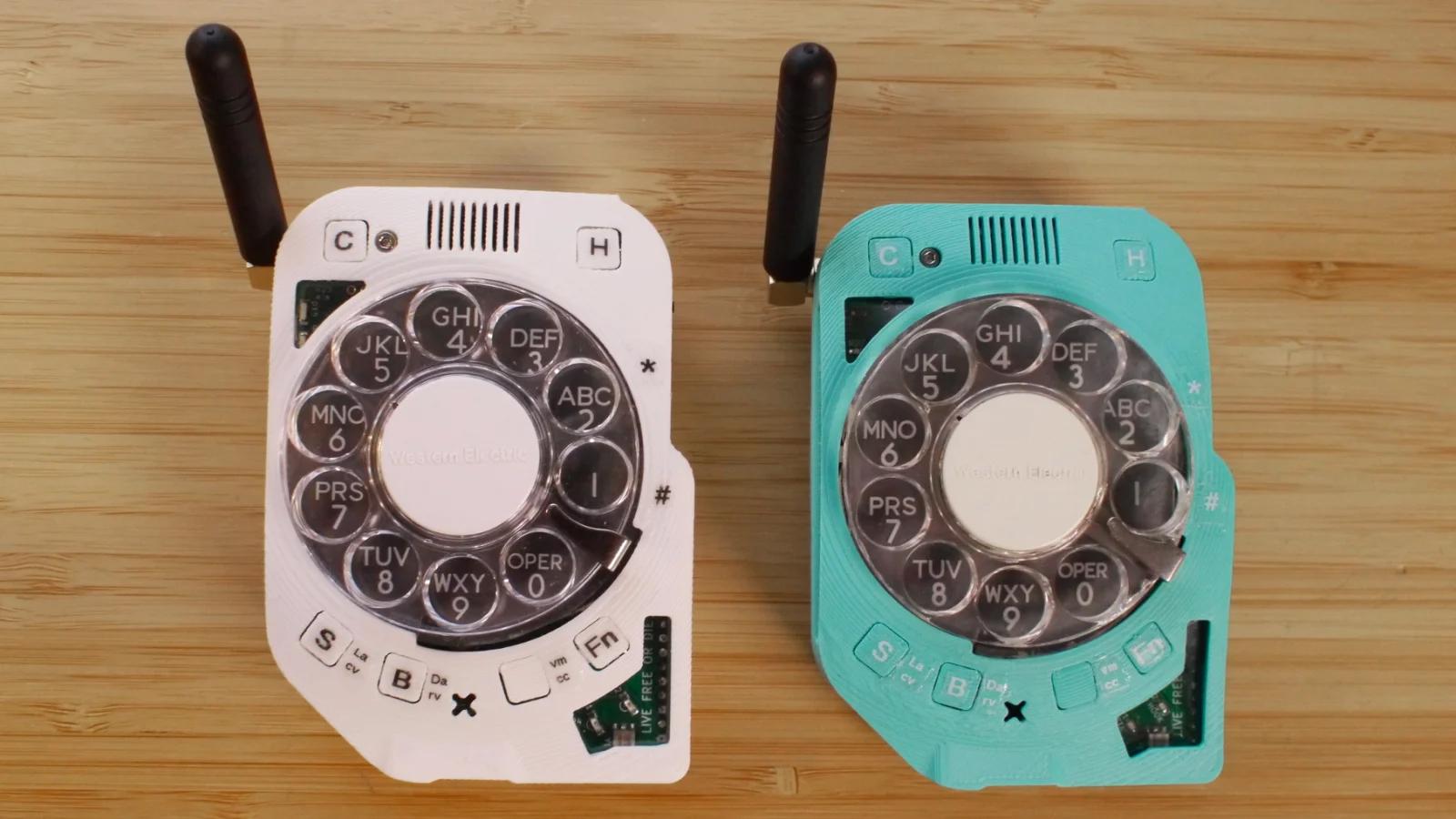
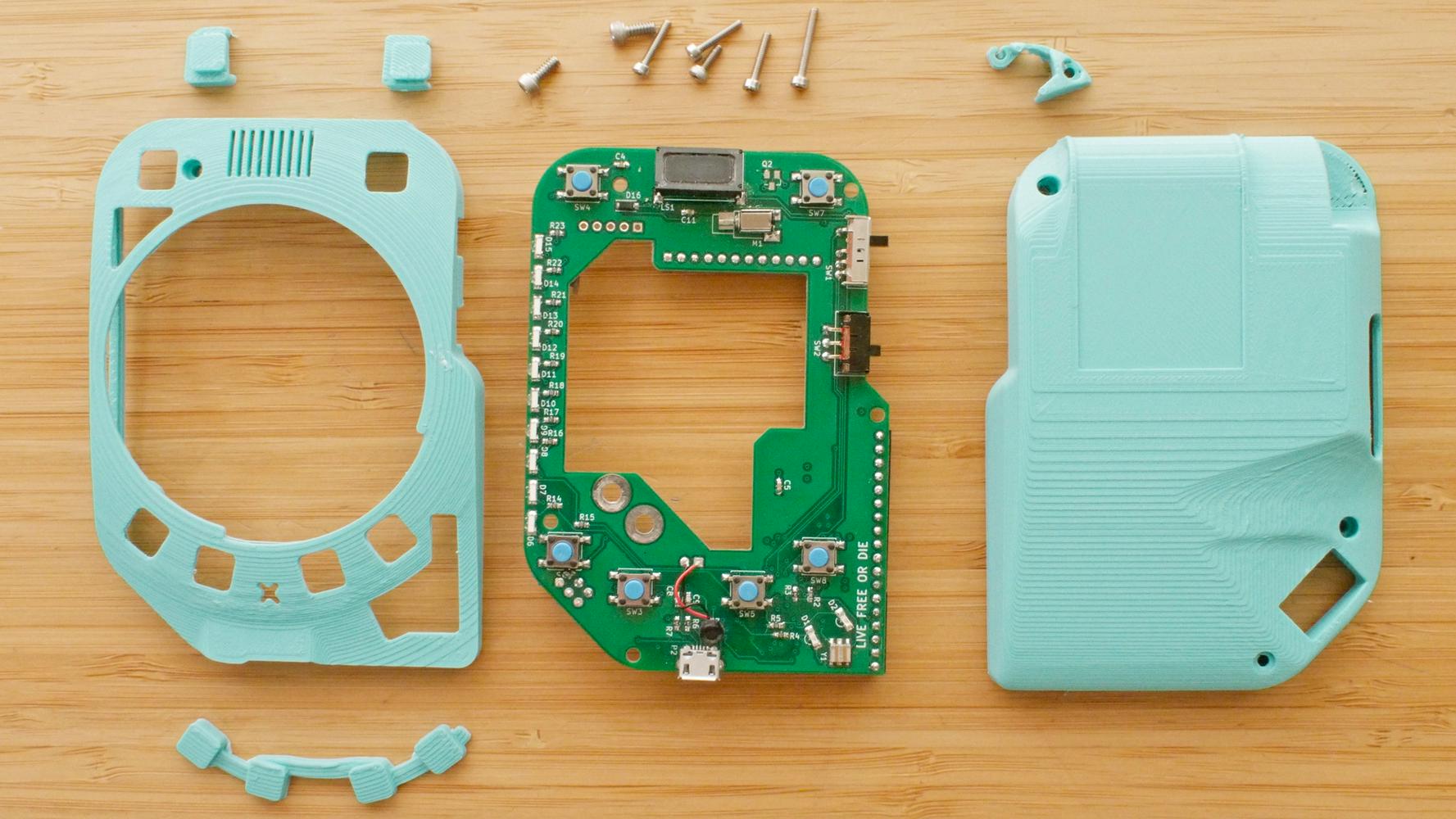
Finally, someone to beat tiktok..? Also from China tho TikTok has a new competitor: Zynn, a nearly button-for-button clone of TikTok that differentiates itself with one key twist — it pays users to sign up, watch videos, and convince others to follow suit. The app launched at the beginning of May, and it’s now the number one free app in Apple’s App Store and in the top 10 on Google’s Play Store theverge.com/2020/5/29/21274994/zynn-tiktok-clone-pay-watch-videos-kuaishou-bytedance-rival
:extract_cover()/https://meta-storage.neard.com/54b53072540eeeb8f8e9343e71f28176.20200601094513.1591004713.2577.jpeg)
Hottest new tech brand in India: Realme announces its first smartwatch and TVs! Realme’s explosive performance in India has made it one of the fastest growing smartphone brands in the world, and today the company is expanding into the nebulous “lifestyle tech” market with products in new categories. First up is Realme’s first smartwatch, imaginatively called the Realme Watch. It has a square design with a 1.4-inch 320x320 LCD display and runs what appears to be a custom version of Android. It can display notifications, control music, hang up phone calls, and do other typical smartwatch things. Realme is claiming 7 to 9 days of battery life from the watch, or 20 days in its power-saving mode. After my experience with the new watch from technological stablemate Oppo, though, I’d want to check that claim for myself. Realme’s watch has much of the same functionality as the fitness band that the brand launched in March, including a heart rate sensor, sleep monitoring, and the India-targeted cricket-tracking mode. The larger screen makes this look more like a Fitbit-style watch, though, and the bands are easily removable if you want to switch up the style. The Realme Watch will cost Rs. 3,999 (~$50) and will be available from Flipkart and Realme.com on June 5th. Next is the Realme Smart TV, a pair of Android TV sets that sees Realme follow smartphone makers like OnePlus and Xiaomi by moving into the TV market in India. There’s a 32-inch 720p option and a 43-inch 1080p model — no 4K option here, though Realme claims the sets support HDR10 and HLG, reaching up to 400 nits of brightness. They use a quad-core MediaTek processor and have Dolby Audio-certified 24W quad speakers. The TVs will go on sale on Realme’s website and on Flipkart on June 2nd. The 43-inch set will sell for Rs. 21,999 ($290) while the 32-inch model is Rs. 12,999 ($170). Other products announced today include the Rs. 2,999 ($40) Realme Buds Air Neo, a better-sounding pair of truly wireless earbuds, along with a new 10,000mAh power bank for Rs. 999 ($13). They’ll both be available today.
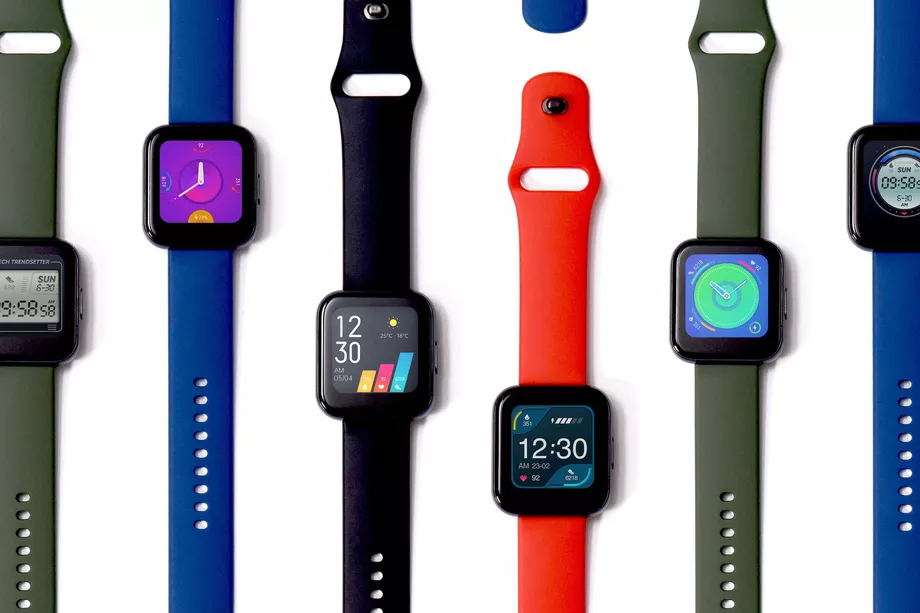
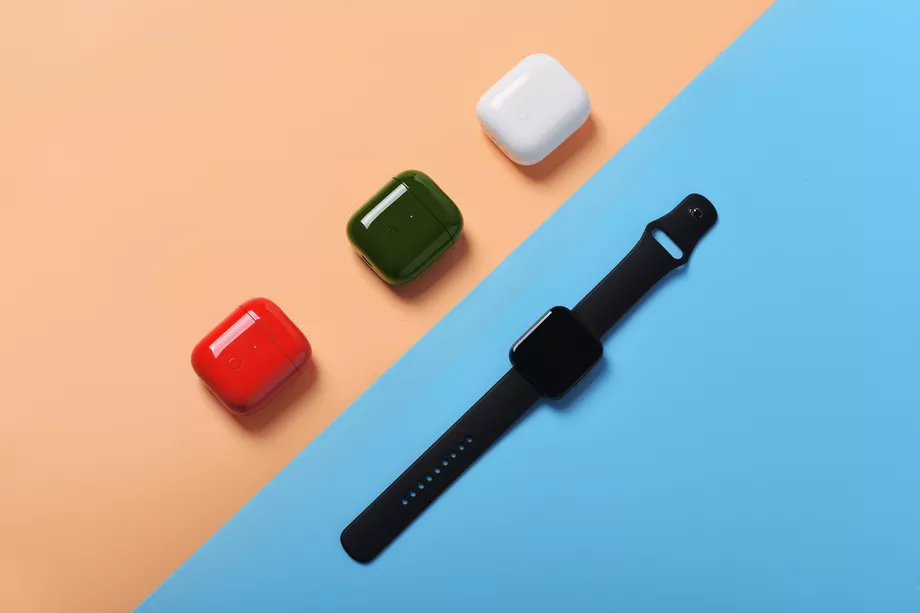
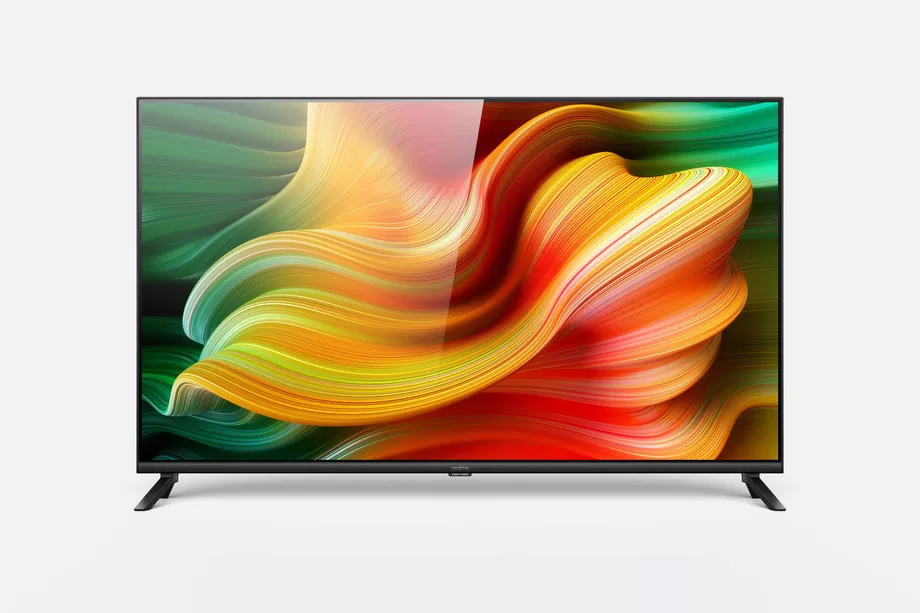
A group for the nerds.

0 Followers
0 Followings
108 feeds